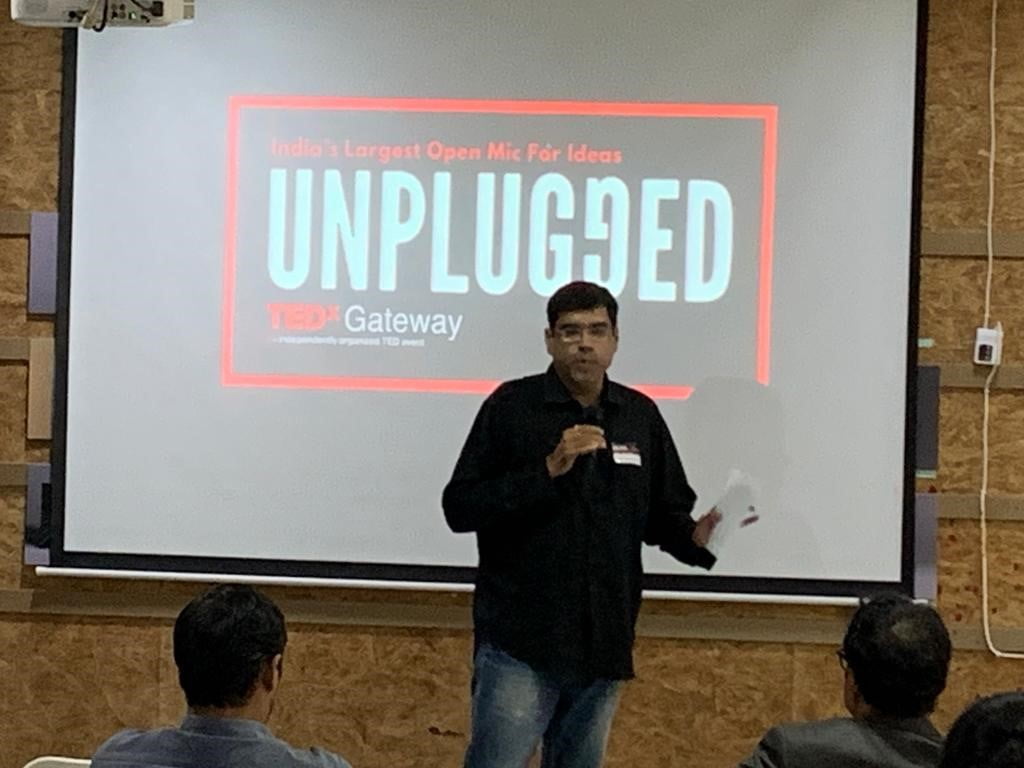There is a second impending Chinese Wuhan Virus Wave in India. Last few days have seen a huge spike in the number of Covid Cases. States like Maharashtra are contributing to over 50% of th cases in the second wave of this pandemic. There are hints of a lockdown while the immunisation drive is now open to second age cohorts of upto 45 years age. Let’s understand, a lockdown is like celebrating an Easter after the economic crusification of the masses when we have proven our vaccines and immunisation drive should be accelerated to cover maximum population which is at risk. Being a student of epidemiology, it begs to reason out the strategy that needs to be followed for immunisation to win over the Chinese Virus in India and sacrifice the wider world’s do good by supplying the vaccines to other countries when our own country is a peril. In this blog, I discuss on the various options for India.
Where do Indian Covid Vaccines stand in the World Vaccine Race?
India’s CoviShield (rebranded as Vaxzevria on rest of the world) has received the largest purchase orders by the Governments around the world with over one-fourth of the total are going to be supplied by AstraZeneca/Serum Institute. This is on the backdrop of certain adverse event in certain populations of blood clotting. The next in the race are Pfizer/Moderna which has around one-fifth of the commitments. India’s Covaxine from Bharat Biotech is still lagging behind on the 6th spot.
India’s Vaccine Diplomacy
Although India is the world’s largest vaccine manufacturer, it has won the race against China’s vaccine silk route strategy to dominate the world Covid vaccine supply very early on. From unconfirmed news sources, around 70 million doses have been supplied by India to the world as part of various initiatives to aggressively outwit Chinese Vaccine Silk Route Strategy. India must aggressively meet its commitment for its country and the world to combat the Chinese Wuhan Virus and its various mutants emerging in the world. India’s success in being transparent in the trials of the vaccine and its efficacy is India’s strength in leading the vaccine diplomacy and emerge as a leader. However, India cannot let its own population face the second wave of the pandemic by short supplying the vaccines in India to its 1.35 billion population meet world’s requirements of over 7 billion population. It needs to secure its own borders from the Chinese Wuhan Virus before it can free the world from the invasion of the virus. This means, India need to repriortise its Vaccine Diplomacy strategy. New emerging is that India has slowed down or halted the supply of the vaccines to the world’s after around 65 million doses supplied already.
India’s Vaccination Strategy
India has already used around 65 million doses for covering around 65 million people (around 2% of India’s population) since the launch of the program in January 2021. The phased roll out of the immunization program is on the basis of age cohorts. After the front-line medical workers, the senior citizens were the first to be covered under the program. The second phase is underway covering population above the age of 45 years. The for India is to immunize over 250 million of its citizens by July 2021. Let’s analyse this scenario in the face of the second wave emerging.
Optimum Population Immunisation Coverage
It is believed that over 50% of the population immunized is the much comfortable situation for any country to manage and control the Covid pandemic. While no country has reached this so far, around 20 countries has performed better in their population immunization drive so far. UAE, UK, Chile, and the US have immunized over 20% of their population. The rest of the 16 countries faring better than India also are accelerating their vaccination strategy by ramping up the procurement and supply of vaccines. India has to also do the same.
Revised Vaccination Strategy in the Face of the Second Wave in India
While India may take some time to reach the 250 million population coverage by July 2021, it must rethink the vaccination coverage strategy. Here are a few suggested ones which obviously do not meet the cannons of vaccination in the face of a global pandemic never faced by the world before.
Total Vaccination of Population in States with the highest Covid outbreak:
In this scenario, India accelerates the immunization and opens it to all the age cohorts in the top-5 states which are contributing to over 80% of the current second wave of cases. These states include Mahrashtra, Kerala, Delhi, Karnataka, Andhra Pradesh, Tamil Nadu. This is going to be politically sensitive as other states which have better managed their Covid situation may let the current situation slip to demand total immunization coverage of their states
Total Vaccination of Population in States with the highest Covid outbreak:
Like the earlier strategy, the top 20-cities are contributing to over 50% of the second wave of the Covid cases. This may also be difficult and politically sensitive.
Open up the double bell curve of the Indian age cohorts at Risk:
At a median age of 27 years, its our 50% of the younger population which has to also be opened up for the inoculation strategy as newer mutations attack this population which is our country’s future productive resource.
While the above vaccine strategy would lead to some amount discrimination and political horse trading. Its time to our review and acceleration of the vaccine strategy. The vaccine strategy adopted by other countries as a benchmark would be another blog for another time. The priority of the immunisation strategy is to avoid another impending lockdown to control the spread of the Chinese Wuhan Virus infections!






